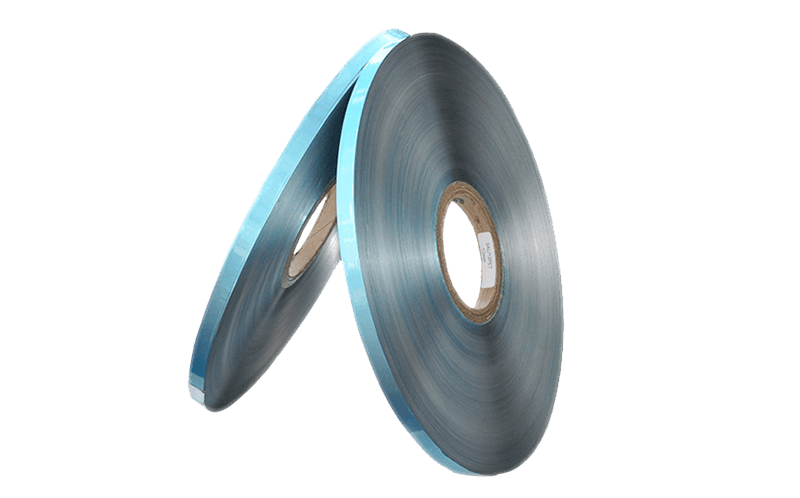The world today relies heavily on electricity and power […]
The world today relies heavily on electricity and power, and the infrastructure that powers our lives is built upon a network of cables and wires. These cables and wires require protection from electromagnetic interference (EMI), radio frequency interference (RFI), and other external factors to ensure reliable and uninterrupted service. Cable shielding materials play a vital role in safeguarding these cables and wires from such interferences. The use of shielding materials has become increasingly important as technological advancements in communication and power transmission have led to more sensitive cables and wires.
Cable shielding materials are designed to protect cables and wires from the harmful effects of electromagnetic fields. They are made from a variety of materials such as copper, aluminum, tin-plated copper, nickel-plated copper, and silver-plated copper. Each of these materials has its own advantages and disadvantages, and the choice of material depends on the specific application requirements.
Copper is the most commonly used material for cable shielding due to its high conductivity and excellent electromagnetic shielding capabilities. Tin-plated copper is also used in some applications as it provides better corrosion resistance. Nickel-plated copper is used when high-temperature resistance is required, and silver-plated copper is used in high-performance applications where the shielding material must be able to withstand extreme conditions.
Apart from metals, other materials such as conductive polymers, conductive coatings, and metal foils are also used for cable shielding. Conductive polymers are lightweight and offer excellent flexibility, making them ideal for applications that require cable movement. Conductive coatings are applied to the outer layer of cables and wires, providing a low-cost solution for shielding. Metal foils are thin sheets of metal that are wrapped around the cable or wire, providing an effective barrier against external interferences.
Cable shielding materials find application in a wide range of industries, including telecommunications, power transmission, aerospace, defense, automotive, and healthcare. In the telecommunications industry, cable shielding materials are used in high-speed data transfer applications, where reliable transmission is critical. In the power transmission industry, cable shielding materials are used to protect power cables from EMI and RFI, which can cause power loss and damage to electrical equipment.
In the aerospace and defense industries, cable shielding materials are used to protect cables and wires from the harsh environments that aircraft and military equipment operate in. In the automotive industry, cable shielding materials are used in electronic control units (ECUs) and other critical components to prevent interference from other electronic devices. In the healthcare industry, cable shielding materials are used in medical equipment to prevent interference from other electronic devices and ensure accurate readings.




